
Pelicans (Pelecanus, family Pelecanidae) are very large waterbirds with an expandablegular pouch and long bill. Eight extant species range across tropical–temperate lakes, estuaries and coasts. Most scoop‑feedor forage co‑operatively; the Brown Pelican plunge‑dives.Ecology & BehaviourDiet...

Foxes (scientific name: Vulpes) are omnivorous animals widely distributed around the world, mainly living in forests, grasslands, deserts, mountains and suburban areas. Their diet is flexible and changeable, depending on the habitat and seasonal changes. The diet of foxes mainly consists of meat, pl...

Maltese (English name: Maltese) is also known as Magic Fairy and Maltese. It is one of the small toy dogs with Bichon Frise ancestry and is the oldest dog breed in Europe. Male dogs are 8.3-9.8 inches (21-25 cm) tall and weigh 6.6-8.8 pounds (3.0-4.0 kg); female dogs are 7.9-9.1 inches (22-23 cm) ta...

Brazilian Highland Fox (Scientific name: Lycalopex vetulus) Foreign name Hoary Fox, Hoary Zorro, no subspecies.Brazilian Highland Fox generally acts alone, although occasionally appears in pairs. Burrowing, often using abandoned armadillo holes. It is nocturnal and spends a lot of time digging holes...
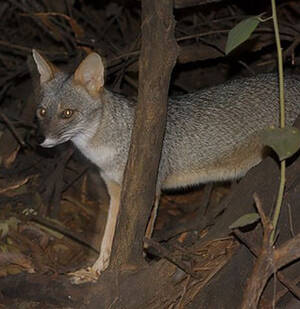
Peruvian fox is scientifically known as Lycalopex sechurae, and its foreign name is Sechuran Fox. It is the smallest fox in the genus Lycalopex, and has no subspecies.Peruvian foxes are nocturnal and spend a lot of time digging holes during the day. They usually act alone, although they occasionally...

The river fox (scientific name: Lycalopex gymnocercus), also known as Pampas Fox and Azara's Zorro in foreign languages, is a pseudo-fox native to the Pampas of South America, with three subspecies.River foxes are solitary, living together only during the breeding season and when caring for thei...

South American Gray Fox (Scientific name: Lycalopex griseus) is a small South American canine with no subspecies.South American gray foxes generally act alone, although they occasionally appear in pairs. They live in caves, often using abandoned armadillo caves. They are nocturnal and spend much tim...
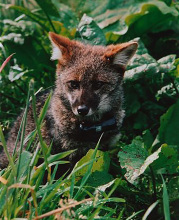
Darwin's Fox (Scientific name: Lycalopex fulvipes) is also known as Darwin's Fox in English. There are no subspecies. In 1834, Charles Darwin discovered and named this animal when he traveled through Chiloe Island.Darwin's fox is active during both the day and night, with no differences...

Mountain fox (scientific name: Lycalopex culpaeus) is also known as Lobo Andino and Culpeo, and has 6 subspecies.Mountain foxes have well-developed hearing and smell, are cunning, and are agile. They like to act alone. They hunt at night. They usually come out at night and sleep in caves during the...
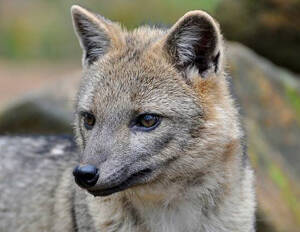
Crab-eating fox (scientific name: Cerdocyon thous) is called Crab-eating Fox in foreign language. There are 5 subspecies.Crab-eating fox is mainly active at night and also active at dusk, spending the day in caves dug by different animals. Hunting alone or living in pairs. They are monogamous, usual...
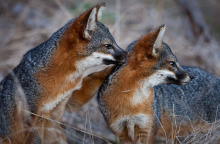
The Channel Islands Fox (scientific name: Urocyon littoralis) is a small fox with 6 subspecies.The Channel Islands Fox is not afraid of humans, is at the top of the food chain on the island, and has no natural predators. Generally docile and easy to tame. They use smell, hearing and visual signals t...
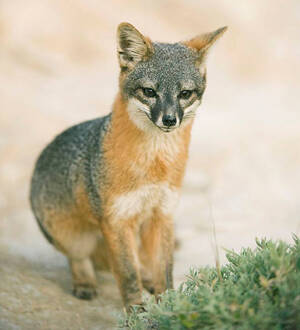
Grey Fox (scientific name: Urocyon cinereoargenteus) is also known as Grey Fox in English. There are 16 subspecies.The gray fox's nesting territory is 3-5.6 square kilometers. The short-distance running speed can reach 45 kilometers per hour. Good at climbing trees, the tree-climbing ability is...

Fennec fox (scientific name: Vulpes zerda) is also known as fennec or Fennec Fox in English. It is one of the smallest canids in the world, about the size of a kitten, and has no subspecies.Hot days and cold nights are common in the North African desert, and the small fennec fox is well adapted to t...

The veld fox (scientific name: Vulpes velox) is also known as the Swift Fox in English. It has three subspecies.Steppe foxes are agile and can run up to 50 kilometers per hour. Their swift running helps them catch food and avoid being hunted by other predators. Hiding in underground caves is another...
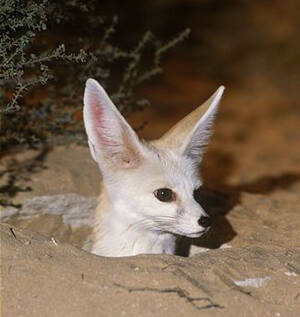
Rüppell's Fox (scientific name: Vulpes rueppellii) is also known as Rüppell's Fox in English. There are 5 subspecies.Rüppell's Fox is most active at dusk and throughout the night, spending most of its time in caves and crevices. These dens are occupied for an average of 4-5 days befor...
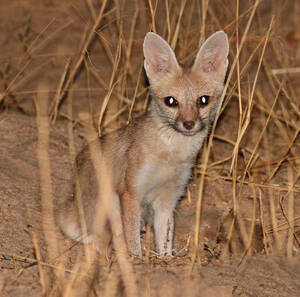
Pale Fox (scientific name: Vulpes pallida) is also known as Pale Fox in foreign languages. There are 5 subspecies.Pale Fox is mainly active at night. It is a social animal, usually living in a small family group consisting of a pair of adult males and females and their children. They like to dig hol...
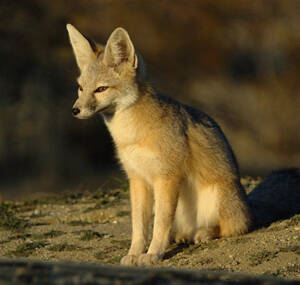
Kit Fox (scientific name: Vulpes macrotis), also known as Kit Fox and Desert Fox, is one of the smallest foxes in America, with no subspecies.Kit Fox likes to build dens in places with loose soil. Spend most of their time in dens, digging their own burrows or using those of prairie dogs, other roden...

Cape fox (scientific name: Vulpes chama) is also known as Cape Fox, and has no subspecies.Cape foxes are mainly nocturnal, although cubs play outside the cave during the day. The species forages alone or in pairs. Cape foxes are not very territorial, with overlapping ranges that vary from 1.0-4.6 sq...